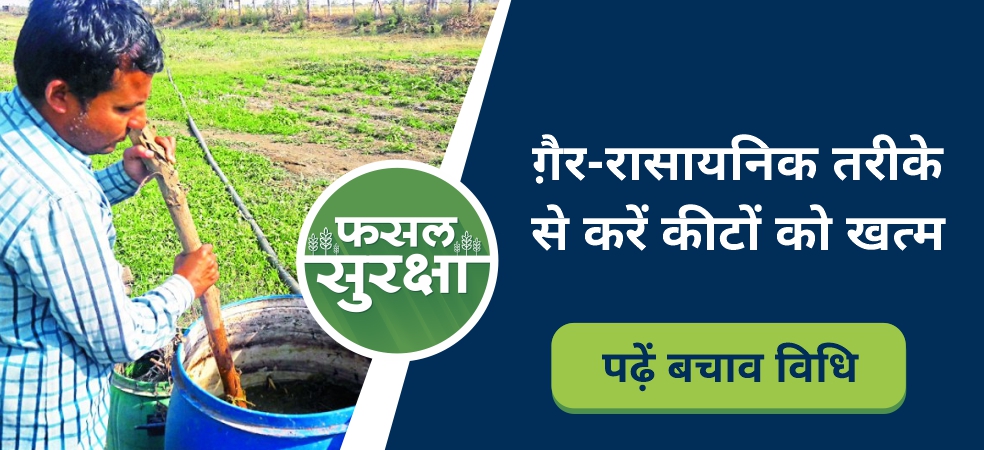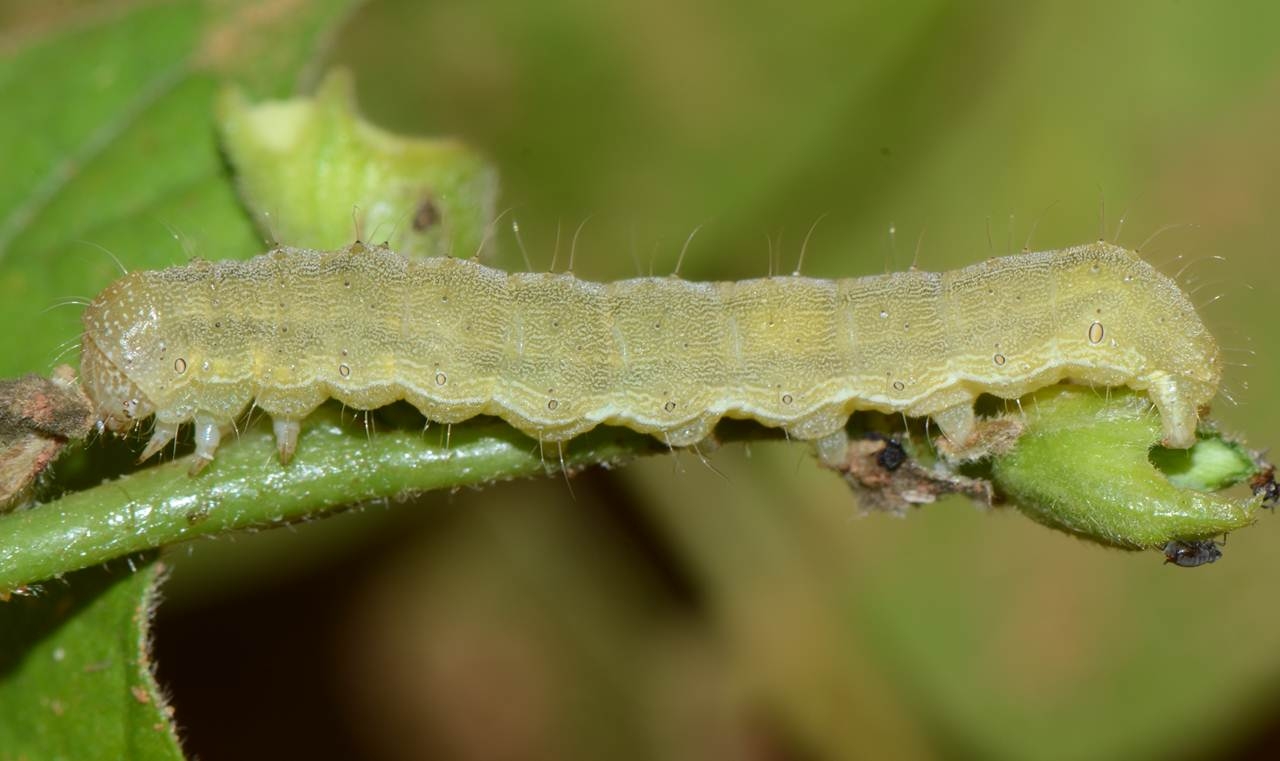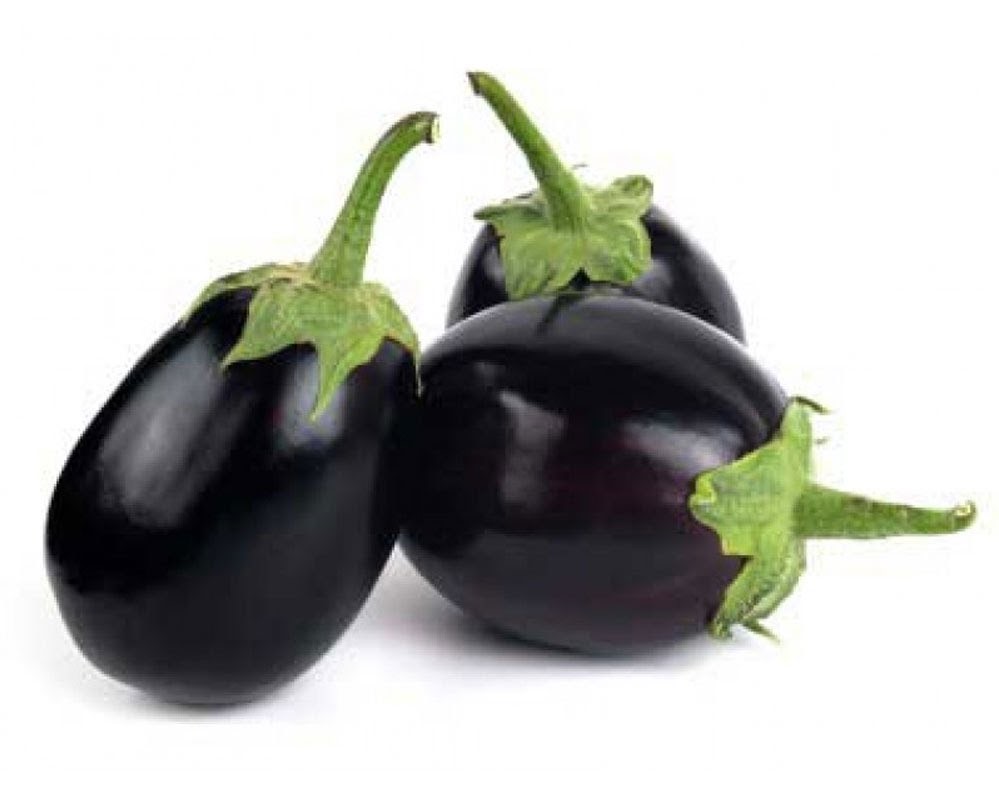Pheromone Trap – In pheromone trap, artificial rubber lure (septa) is applied to attract male adult insects of different species. It contains chemicals to attract males of the same species. The attracted male Insect dies after getting trapped in a plastic bag attached to the trap. The use of pheromone traps is the only method of non-chemical elimination of caterpillars.
Organic insecticides – organic insecticides are based on a variety of natural substances, which control various types of microorganisms, insects and caterpillars. Some of these include, neem, acacia, cilantro, datura seeds and leaves, Eucalyptus, lantana, tobacco, and indian beech leaves.
Bird Perch – Birds are very important in agriculture, each bird eats 40 to 50 caterpillars in an hour. Put 8 to 10 T shaped pegs in the fields . Which is 1.5 to 2 feet high from the crop.
Trap crop – Trap crop emits a special smell which attracts insects to that crop. For example, a suwa has such an odor that it attracts leaf-eating caterpillars and moths, due to which the insects come on the suwa and the main crop is saved, for this, put 12 lines of main crop and 2 lines of suwa.
Ladybird Beetle – This is a beneficial insect. It is also called farmer and friend of crop. An adult ladybug can consume hundreds of aphids a day and thousands in its lifetime.
Sticky trap – To report pest infestation, install yellow sticky trap and blue sticky trap @ 8 -10 per acre in the field. This will indicate the pest outbreak, on the basis of which insecticides can be adopted to save the crop from Sucking pests (Aphids, Thrips, Jassids, White fly) infestation.
ShareFor more such important information related to the agriculture sector, keep reading the articles of Gramophone daily. If you liked today’s information, then do not forget to like and share.





